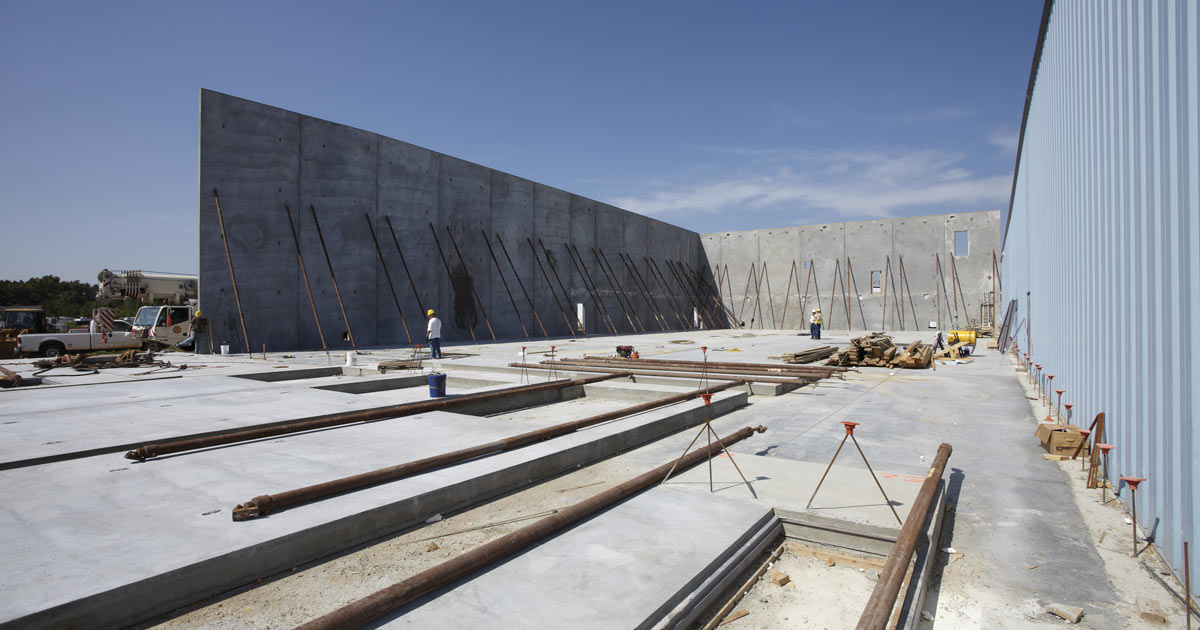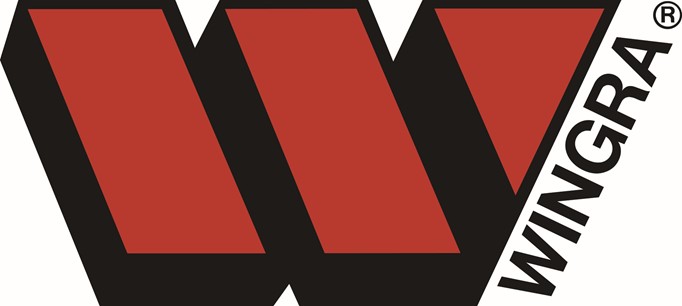Features & Benefits
The benefits of building with tilt-up include the following:
• Fast Track Delivery – Planning begins with an evaluation of the site.
• Cost Containment – Engineering is a critical phase of each and every Tilt-Up project.
• Innovation – Once planning is complete, construction can begin on the floor and footings
• Lower Operating Costs – There are a number of ways to form individual panels.
• Architectural Aesthetics – Patterns or texture can easily be added to the face of Tilt-Up panels.
• Durability – The use of plastic support chairs instead of steel chairs is recommended to avoid rusting.
• Safety – Concrete placement methods for Tilt-Up panels are the same as those for floor slabs.
Tilt-Up Concrete Has Many Environmental Benefits
During construction, recycled materials such as fly ash, slag cement, silica fume, and recycled aggregates can be incorporated into concrete, thereby diverting materials from the landfill, and reducing the use of virgin materials. Wall panels are constructed with locally available labor and materials. Material efficiencies result from repetitive use of forms. Steel forms and other materials are reused.
During the life of the structure, energy savings are achieved by combining the thermal mass of concrete with the optimal amount of insulation in tilt-up walls. Concrete acts as an air barrier, reducing air infiltration, and saving more energy. Tilt-up concrete structures are resistant to fires, wind, hurricanes, floods, earthquakes, wind-driven rain, and moisture damage. Light and natural-colored concrete reduces heat islands. Concrete has low VOC emittance and does not degrade indoor air quality.
At the end of its useful service life, a tilt-up concrete building can be recycled into fill and road base material. Tilt-Up, a smart choice for building.
For more information, locate your local ready-mix producer.





